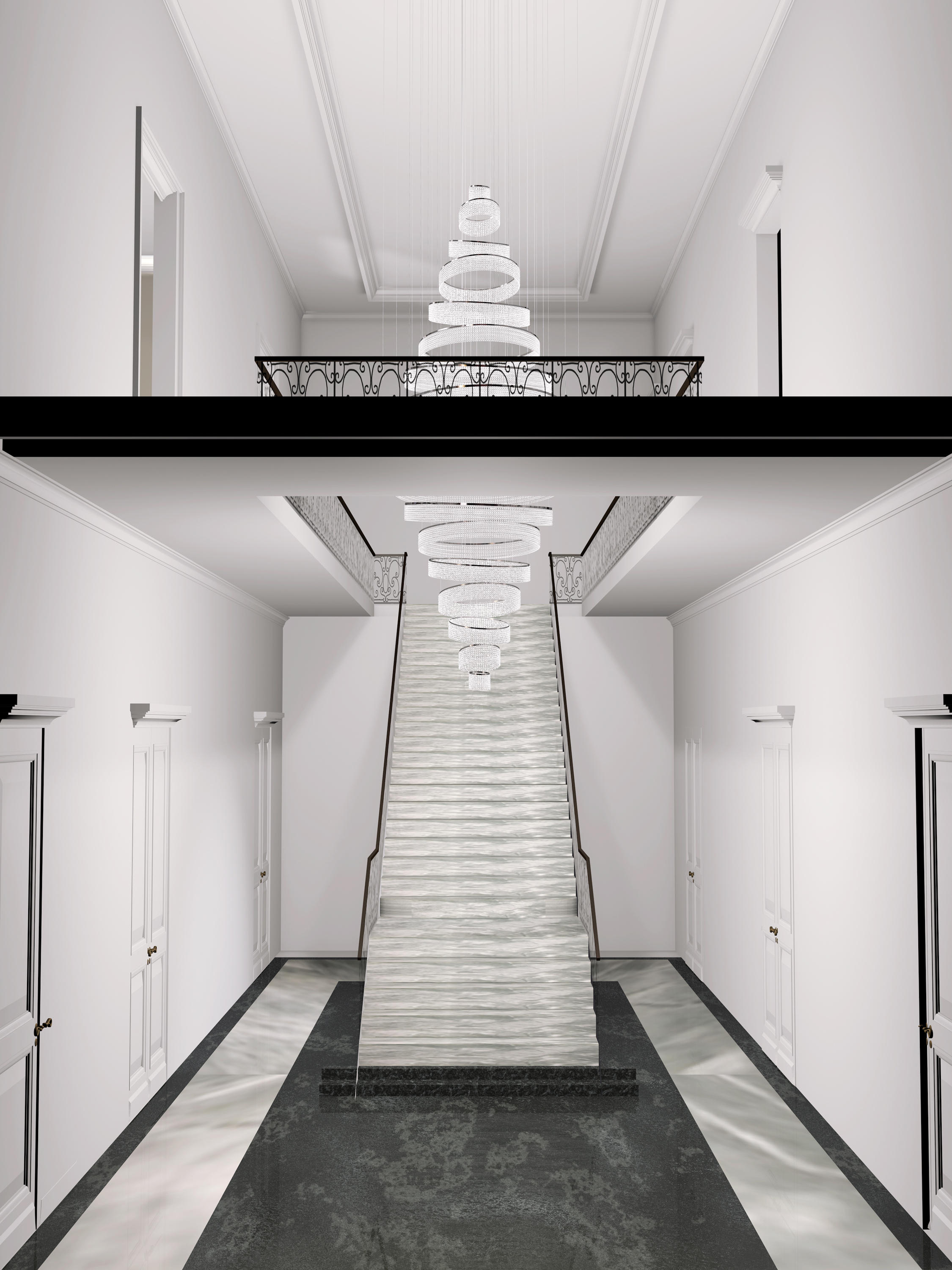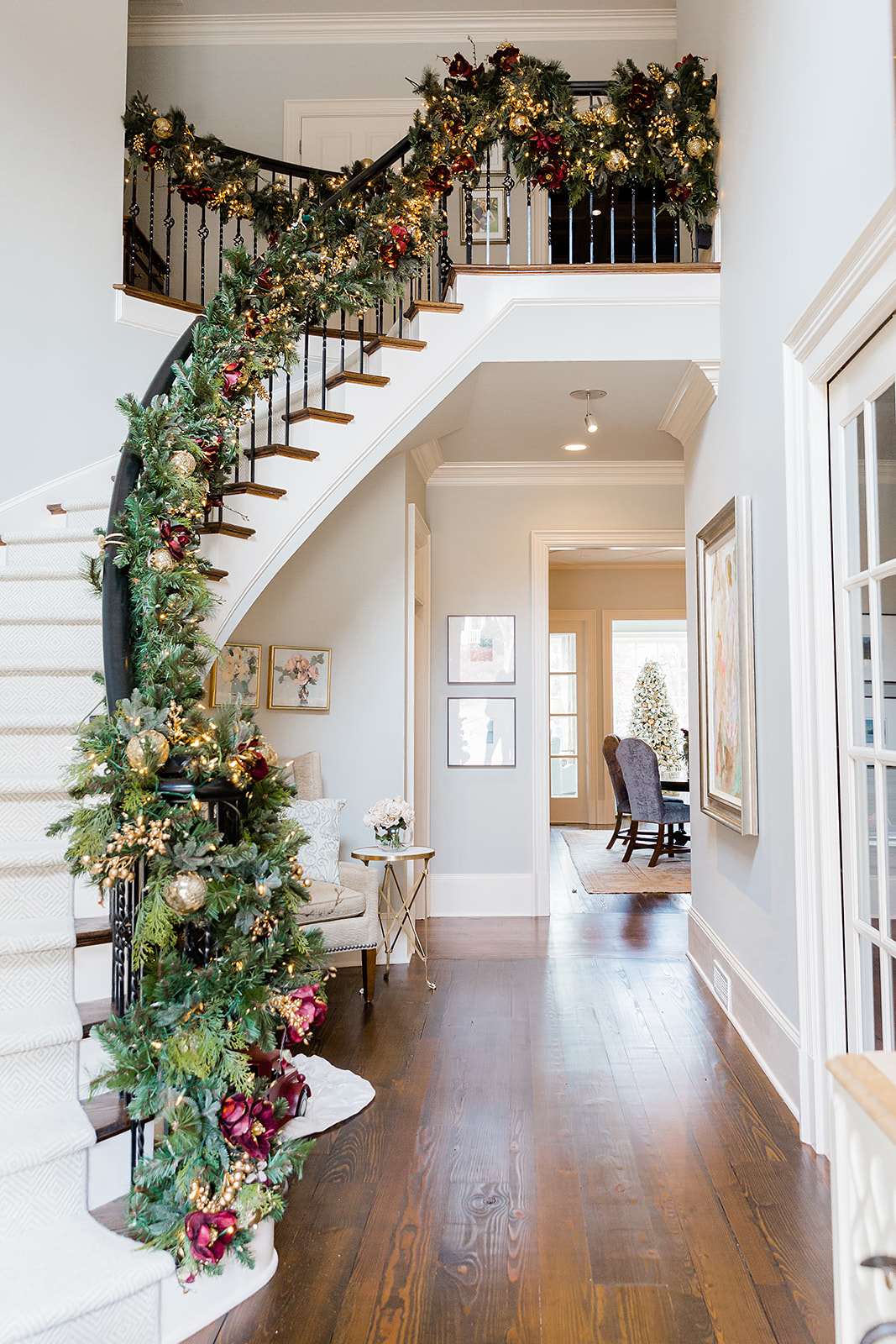

Visitors to the city usually make it a point to see the Palace of the Dukes of Burgundy and the Cathedral of Saint Benigne, a Gothic structure built from 1280 to 1325.Ĭapetian, Gothic, and Renaissance architecture can be found in Dijon, as can the region’s glazed terracotta roofs in green, black, and yellow, arranged in geometric patterns. It is less than two hours by high speed train from Paris and is a thriving cultural center. Exupéry airport.ĭijon is the modern capital of the region, with a population of 150,000. Though there is no commercial airport in the region with regular international flights, northern Burgundy is close to the airports in Paris, and southern Burgundy can be easily reached from the Lyon St. Highways connect Burgundy to Paris, Lille, Geneva, Lyon, Nancy, and Strasbourg. The region can be easily reached by rail from Paris Gare de Lyon as well as from many other cities in France. The terrain in the region is mostly hilly, except for the Saône valley and the southeastern part of the Côte-d’Or department. The northernmost fringes of Burgundy reach the outer parts of the Paris metropolitan area. To the south of Burgundy is the Rhone Alpes region. The river Loire is the western boundary of the region, while the Champagne and Franche-Comté lie to the east. (Trianon is the name of a hamlet that existed earlier on the site.) The Questel staircase was named after the Palace architect, Charles-Auguste Questel who designed it after his appointment to this position in 1849.Burgundy is in eastern central France between Paris and Lyon. Louis XVI gave the Petit Trianon estate to his young wife who soon redecorated it in her own style. Louis XV died in 1774, leaving the throne to Louis XVI and his bride, Marie Antoinette.

Le Petit Trianon, a new Chateau built by Louis XV in the middle of his gardens, was completed in 1768. Again one can almost see Louis XV, Louis XVI and Marie Antoinette and so many other the famous figures from history making their way up and down these stairs. They are both incomparably stately, elegant and beautiful. The staircase on the left above is the Questel Staircase, the one on the right, Le Petit Trianon Staircase. Not surprisingly it also has some of the most beautiful staircases to be found anywhere. Versailles is one of the world’s most famous and visited palaces. It is one of Paris’s most beautiful museums: the building, the grounds famous for their rose garden, and the extraordinary body of work it houses, including Rodin’s most famous works as well as hundreds of lesser-known pieces, as well as paintings and other works of art from Rodin’s own extensive collection. The museum was fully renovated and restored beginning in 2012 and completed for Rodin’s 175th birthday in 2015. He arranged to leave his entire body of work as well as his art collection to the State on condition that he be allowed to live and work in the Hôtel Biron until his death and that it then be opened and maintained as the Musée Rodin. Rodin occupied part of the building from 1908 and later all of the building, where he lived from 1911 until his death in 1917. You can almost see the long-bearded figure of Auguste Rodin making his way up and down these stairs during his later years when this building was first his studio and workshop, and then his home as well. This is the main staircase of the Hôtel Biron, built in the 1720s and opened as the Musée Rodin in 1916, the year before the great sculptor’s death.


 0 kommentar(er)
0 kommentar(er)
